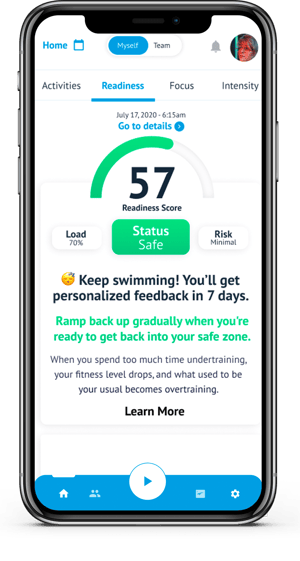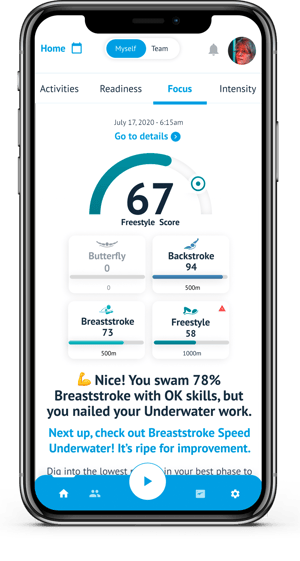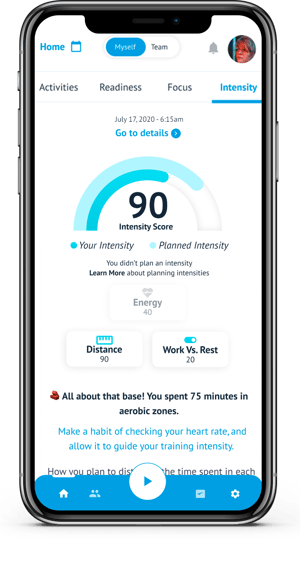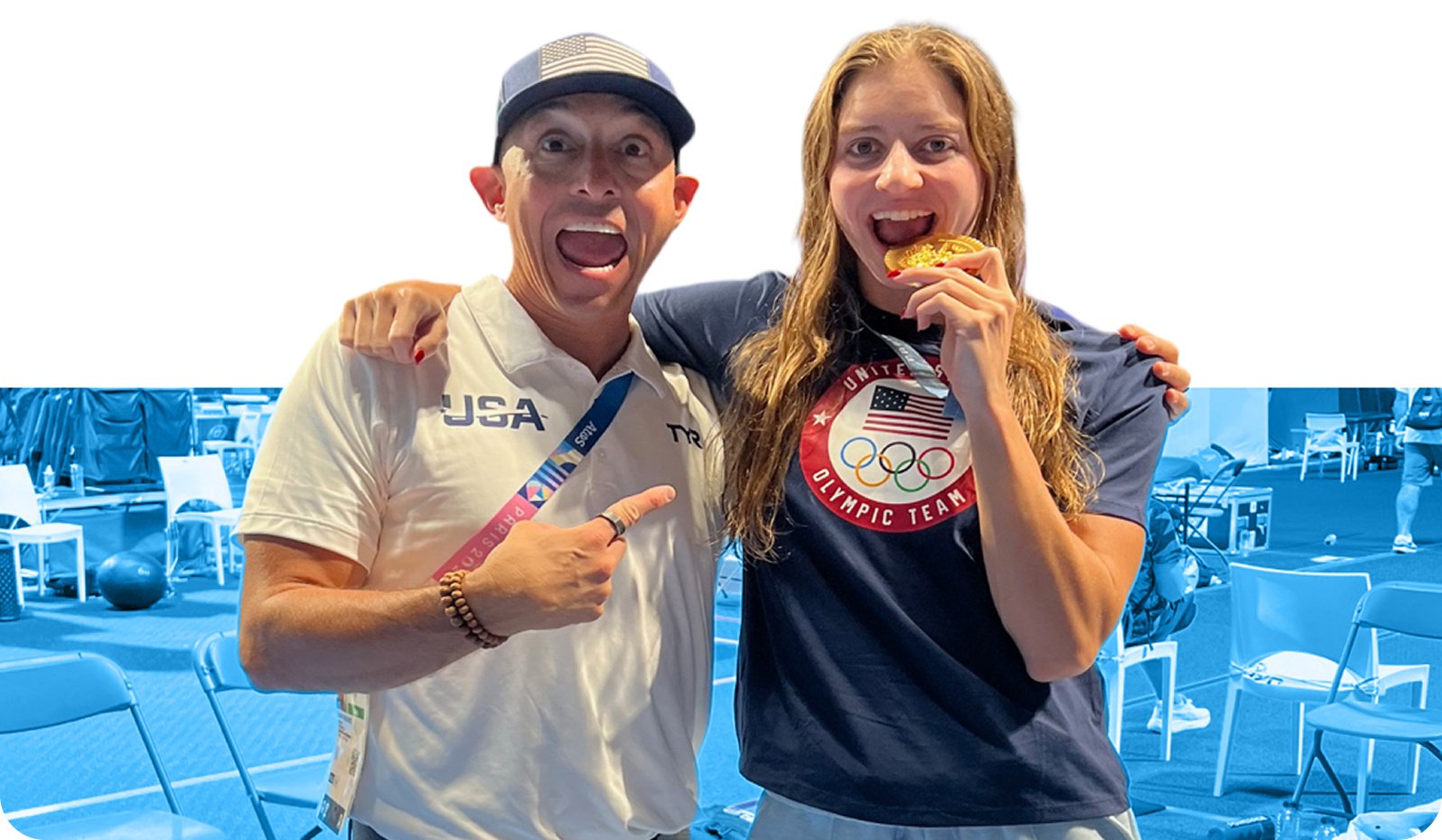Triton Score ranks performance in 3 key areas for each workout and lets you know:
- how well you managed training load (Readiness)
- how you executed your skills (Focus)
- how hard you trained (Intensity)
The first step is to familiarize yourself with your Triton Score and how it fluctuates from practice to practice. In the app’s activities tab, you can view your Triton Score, along with each of your Readiness, Focus, and Intensity scores. It will show you for each workout how each score ranks in comparison to the other.
What to know about your Readiness Score?

Workout Rating (Rating of Perceived Exertion)
Workout Rating or Rating of Perceived Exertion is a method of measuring how intense you perceived the practice to be. Workout Rating is measured on a 0-10 scale, and you will need to record it manually. Note that it is crucial, to be honest, and accurate in your rating, as Workout Rating is part of the load calculation. Injury risk and status are calculated from your Workout Rating and training load.
Based on your training load and daily goals, you’ll know your risk and training status and receive recommendations for adjusting training to keep your body safe.
What to know about your Focus Score?
 Focus Score addresses the question, ‘’how well did you execute the skills, and what should you focus on to become faster?’’ The Focus Score is calculated from over 30 metrics divided into three phases: Overwater, Underwater, and Transitions. It will give you both a total Focus score and specific stroke scores rating how well you have executed your skills relative to your usual performance.
Focus Score addresses the question, ‘’how well did you execute the skills, and what should you focus on to become faster?’’ The Focus Score is calculated from over 30 metrics divided into three phases: Overwater, Underwater, and Transitions. It will give you both a total Focus score and specific stroke scores rating how well you have executed your skills relative to your usual performance.
The Focus view will also show you phase scores for each of the three phases (transition, underwater swimming, and overwater swimming). This will help you gain valuable insight into your skill execution and the specific metrics (under each phase). You will be able to view precisely how your practice unfolds every day.
You will need time to observe your metrics before setting goals on improving in a specific area. Use this time to track your swimming using TritonWear and rate your effort. Five workouts (in a particular stroke) are needed to gather enough data and know what your swimming looks like for the Focus Score.
What to know about your Intensity Score?

Intensity Score addresses the question, ‘’how intense was your workout and how hard should you train next time?’’ Everyone knows you have to train hard to get faster. But how do you swim faster, smarter, NOT harder? Swimming faster is not just about pushing your body to the limits. It is a balancing act. Finding the right balance means looking at frequency, work to rest ratio and lap intensity (how hard you swim each lap throughout a workout).
If your Intensity Score is too high compared to your Focus Score, you’ll know that you have sacrificed skill execution for workout intensity.
Key Takeaway
Keep in mind that you also need to consider the objective of that particular workout when interpreting the scores. A small drop in Focus would be expected if the workout’s purpose was high-intensity training. However, it shouldn’t be a trend you see across an entire training cycle. Once you have established a good understanding of your Triton Score and how it fluctuates, the next step is to go a layer deeper. Discover how you’re performing in each area (Readiness, Focus, Intensity), adjust training as needed and master your Triton Score.

.png)

.png)

.png)